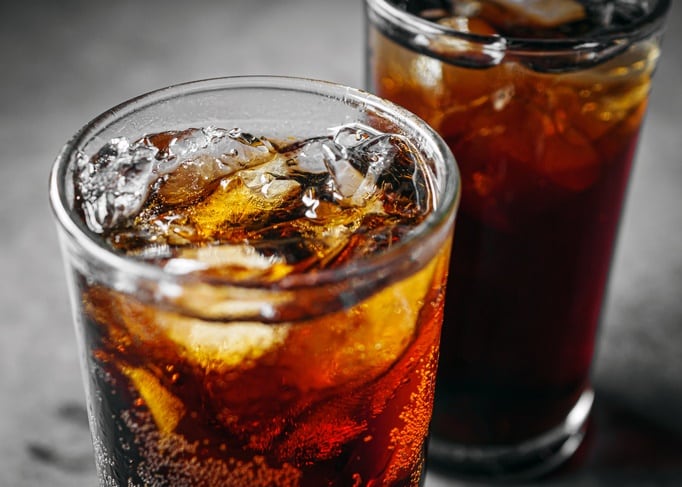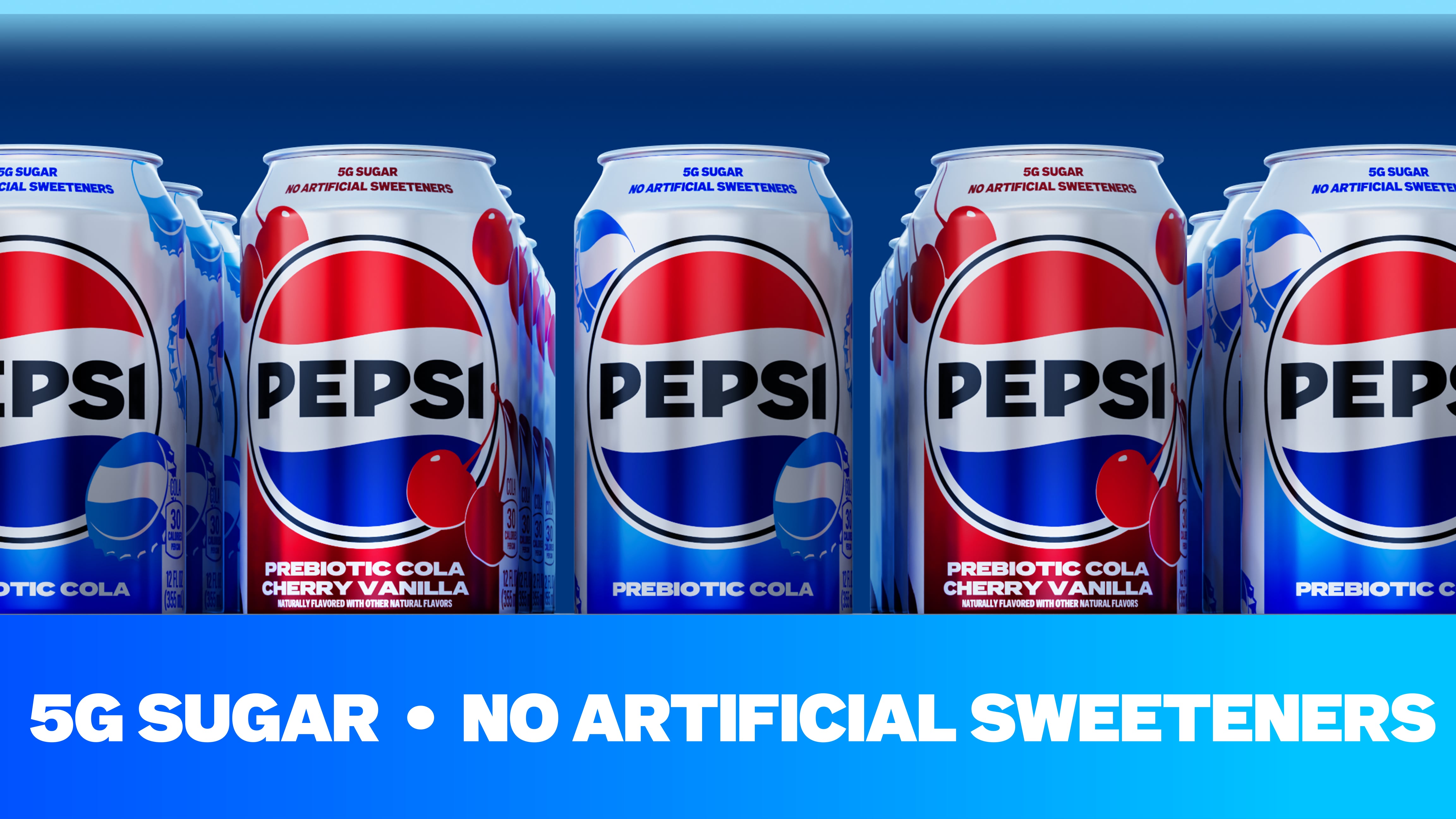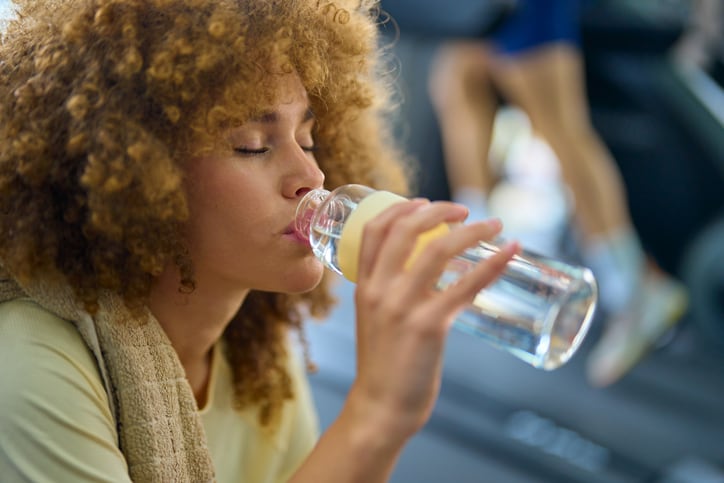A cane sugar launch was confirmed yesterday by Coca-Cola CEO James Quincey.
Quincey outlined that the new innovation will be an extension to its trademark Coca-Cola portfolio: with the new launch joining Coca-Cola Zero and Diet Coke as another option for consumers to choose from.
The announcement comes after President Trump declared last week that Coca-Cola would start using ‘REAL Cane Sugar’ in the drink, leading to reports that the company was set to reformulate the iconic beverage.
One brand, many choices
While Coca-Coca is an iconic brand known and loved worldwide, it offers in several versions with subtle sweetener differences.
Coca-Cola’s portfolio is centered around its flagship Coca-Cola (sweetened with high-fructose corn syrup, or HFCS); but with growing momentum for options such as Coca-Cola Zero Sugar (aspartame, acesulfame potassium and stevia) and Diet Coke (sweetened with aspartame and acesulfame potassium).
Now, Coca-Cola sweetened with cane sugar (the official name has not yet been disclosed) will add another option in the US.
It comes as US policy drives a shift away from artificial ingredients and towards natural products. HFCS is one of the ingredients that has been under the spotlight in a campaign against ultra-processed sugars in the ‘Make America Health Again’ initiative, alongside artificial dyes and ultra-processed foods.
“As you may have seen last week, we appreciate the President’s enthusiasm for our Coca-Cola brand,” said CEO James Quincey, speaking in yesterday’s earnings call.
“And as part of our ongoing innovation agenda, this fall in the US, we plan to expand our trademark Coca-Cola product range with US cane sugar to reflect consumer interest in differentiated experiences.
“This addition is designed to complement our strong core portfolio and offer more choice across occasions and preferences.”
Quincey has not revealed any information on what the new launch will be called or the sugar content of the product.
But the company already produces ‘Mexican Coke’: a drink sweetened purely with cane sugar and comes in at 39g sugar per 355ml bottle, similar to the HFCS version.
And Coca-Cola already formulates its drink with sugar in other markets, such as the UK and European markets.
Stevia, monk fruit and more: The sky’s the sweetener limit for Coca-Cola innovation
Innovation in sweeteners is nothing new for the brand.
Indeed, Diet Coke was launched as far back as 1982: as Coca-Cola realized the constant need to stay competitive and respond to consumer demand.
Here, the brief was to respond to a core baby boomer demographic, ‘who were getting 20 years older and 20 pounds heavier’.
Diet Coke was initially sweetened with saccharin (the only approved non-caloric sweetener at the time), until aspartame was approved.
By the end of 1983, Diet Coke was the No.1 diet soft drink in the US and the top soft drink among women.
Coca-Cola Zero was launched in 2005 and revamped into Coca-Cola Zero Sugar in 2017. The drink now includes stevia extract alongside acesulfame potassium and aspartame.
What's the difference between Diet Coke and Coca-Cola Zero Sugar?
While the drinks use different sweetener combinations, the main difference for consumers is the taste.
Both drinks are sugar free and calorie free. But Coca‑Cola Zero Sugar looks and tastes more like flagship Coca-Cola, while Diet Coke has been designed to have a distinct, lighter taste.
Coca-Cola Life, an option sweetened with stevia and cane sugar, was launched in the US in 2014. It was, however, discontinued in 2020 with underperforming sales leaving it exposed to Coca-Cola’s pandemic brand cull.
But Quincey is much more optimistic about Coca-Cola’s cane sugar potential: given overriding trends towards natural ingredients and the success its seen with brands using cane sugar across its portfolio.
“We’re going to be bringing a Coke sweetened with US cane sugar into the market this fall, and I think that will be an enduring option for consumers,” he said.
A number of other brands in Coca-Cola’s US portfolio are also sweetened with cane sugar: including lemonades, teas, coffee brands and vitamin water drinks.
And sweetener innovation doesn’t start and end with cane sugar. Coca-Cola might have ditched Coca-Cola Life: but stevia is now showing up in Coca-Cola Zero Sugar. Its latest launch, prebiotic gut health soda Simply Pop, is sweetened with fruit juice and monk fruit extract.
“We are definitely looking to use the whole toolbox, the whole toolkit of available sweetening options to some extent where there are consumer preferences,” said Quincey.
HFCS or cane sugar... or something else entirely?
Yet while launching a cane sugar alternative to HFCS in the US has made headlines, the real question, say policy scientists, is around driving real, meaningful mass shifts in diets.
“The last thing we need is more sugary drinks on the market,” said Eva Greenthal, MS, MPH, and a Senior Policy Scientist at the Center for Science in the Public Interest told us.
“Regardless of whether they’re made with cane sugar, high-fructose corn syrup, or any other sugar source, what makes soda unhealthy is that it’s liquid sugar, providing empty calories with no nutritional benefits.
“To make the US food supply healthier, the Trump administration and the food and beverage industry should focus on less sugar, not different sugar.
“In 2023, CSPI and the New York City Department of Health and Mental Hygiene called on FDA to set added sugar reduction targets for the US food supply, similar to FDA’s existing sodium reduction targets for industry. The administration should carry this policy forward and champion sugar reduction as part of the Make America Healthy Again agenda.
“Other sugar reduction policies the administration should prioritize are front-of-package labeling, soda taxes, added sugar disclosure for restaurant foods, and addressing misleading marketing of sugary products like toddler formula.”



